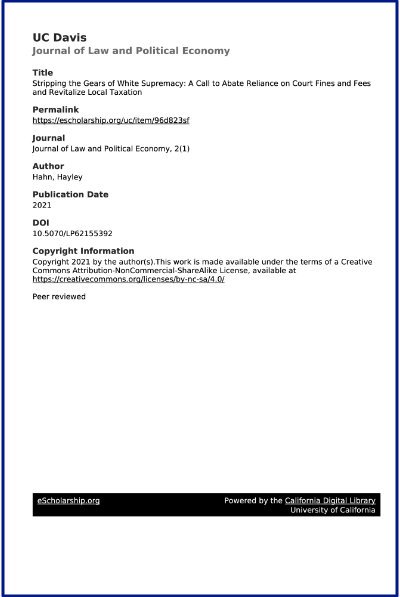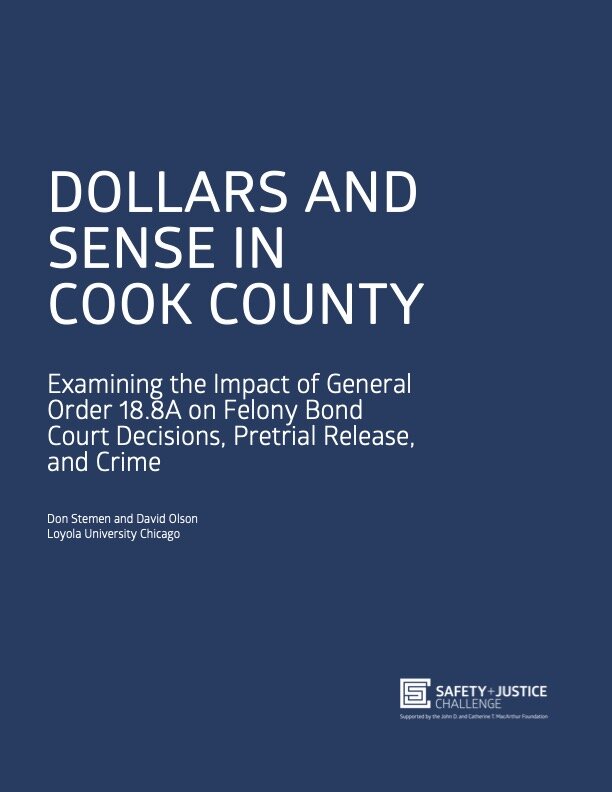By Mary Pattillo and Gabriela Kirk
Economic sociologists have documented the rise of financialization, including credit and debt. In the case of monetary sanctions in the criminal legal system, courts frequently extend payment plans—or “layaway”—as a way for defendants to manage financial court debt and gain their freedom. Using 241 hours of courtroom ethnography and 155 interviews with court actors and people paying their court debt in Illinois, the authors offer a microsociology of financialization that shows how the creditor/debtor relationship commodifies freedom, confuses and suffuses court processes, amplifies control, and expands the financial sector into domains that obligate participation. Layaway freedom represents a case of coercive financialization, or the externally imposed, involuntary, or last-resort entry into financial engagements. The manipulation of money and time achieves disproportionate punishment that is multiplicative, rather than simply additive, all under the guise of routine financial responsibility. The authors discuss implications of these concepts for both economic and criminal-legal sociology
American Journal of Sociology, Volume 126 Number 4 (January 2021): 889–930





















